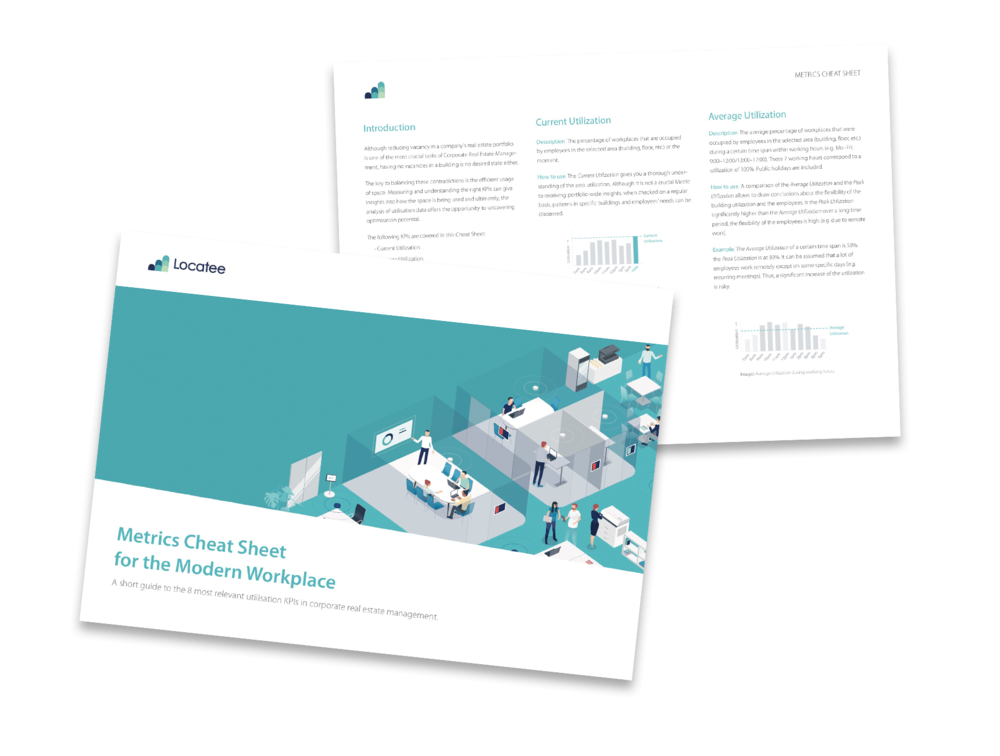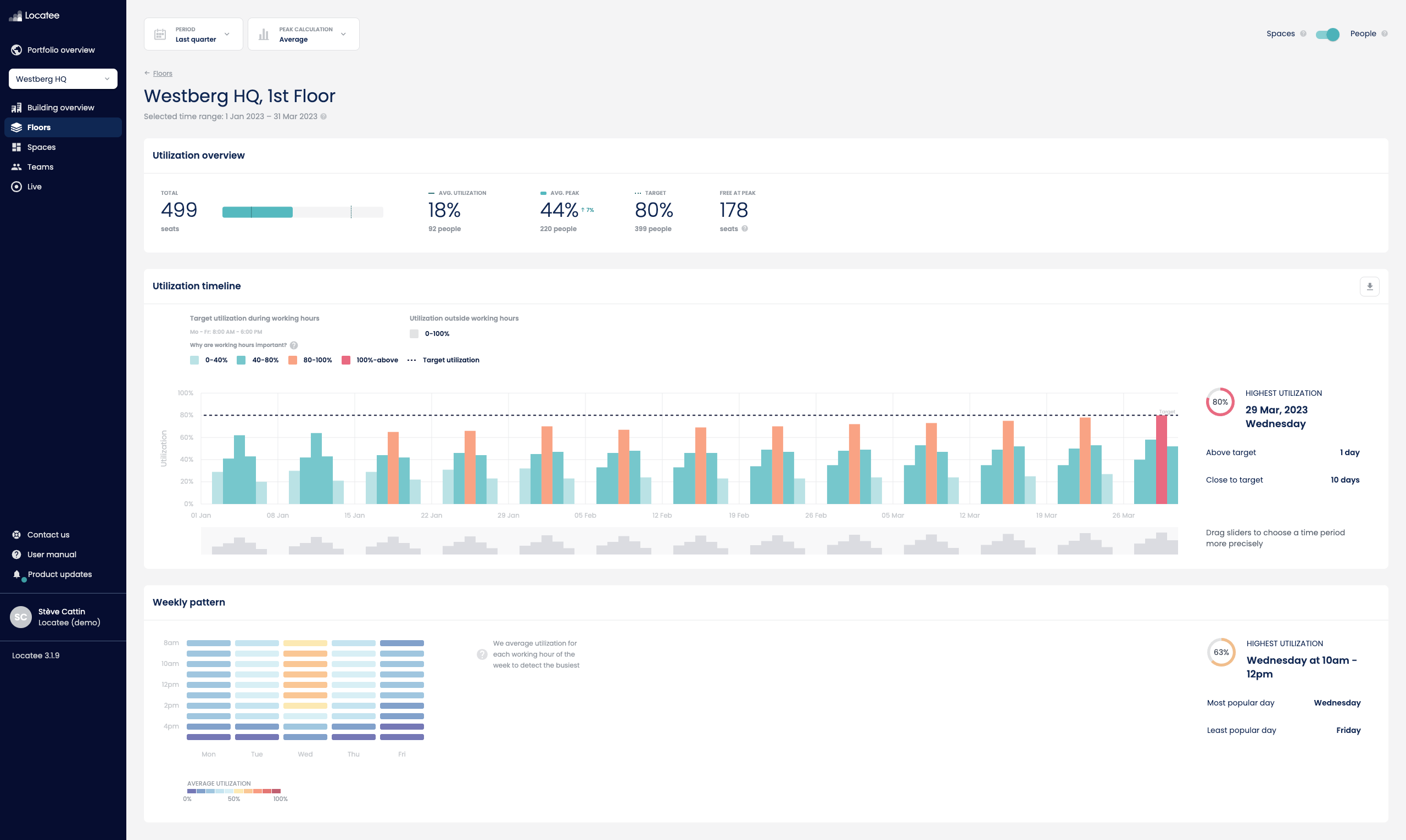Full utilisation – a nice problem to have?
Although reducing vacancy in a company’s real estate portfolio is one of the most crucial tasks of Corporate Real Estate Management, having a high utilisation in office buildings or even no vacancies in a building is no desired state either. It is quite common that headquarters or corporate locations in cities like Paris, Amsterdam or London are very popular among departments. Therefore, all usable spaces are assigned, which creates considerable challenges for Facility Management each time a team is growing and adding headcount.
Especially in a traditional setup with fixed desks, flexibility in workspace management is restricted. Since there are no spare areas and to avoid business disturbance, corporations often turn towards expensive solutions to create buffer areas. These include investing in renovation of older buildings and converting spaces into new offices. Or they rent expensive spaces in neighbouring buildings, or even place employees in temporary office containers.
Identify different aspects of utilisation
The key for handling high utilisation in office buildings is the efficient usage of space. The critical thing to realise here is that full assignment of spaces is not equal to full utilisation. Workspaces might be completely assigned to different teams. But they hardly ever use all their workplaces at the same time during the day or the week. Team members may be in meetings, off site, or seeking alternative work environments, thus leaving desks empty. As a consequence, observing actual utilisation versus assignment of spaces can help to detect hidden vacancies.
There are different aspects of utilisation you can take into consideration in order to increase availability of workplaces and quality of workspace at the same time:
- Utilisation peaks do not occur simultaneously among teams. The accounting team members may all be in the office on Monday due to weekly planning, while the sales representatives are all out with customers, only getting together on Fridays to wrap up.
- Desks are not utilised constantly during working hours. Staff spend a lot of time in meeting rooms, might meet colleagues in a community area to work together or are with another department for the day.
- Teams use different types of workplaces depending on the nature of their work, e.g. project or collaboration areas, they may have desk-focussed or phone-related tasks.
There’s no way around the right KPIs
In conclusion, the analysis of utilisation data offers the opportunity to uncover optimisation potential in individual team areas by providing personalised workplaces accounting for different workstyles and sharing capabilities.
In order to get these valuable insights and recognise optimisation potential, there is no getting around the right KPIs.
We at Locatee are happy to provide the support needed to implement alternative space management strategies and cater for the varying Corporate Real Estate and Facility Management tasks.
Webinar: Defining and Monitoring Space Utilisation Metrics
The Metrics Cheat Sheet for the Modern Workspace
A short guide to the 7 most relevant utilisation KPIs in corporate real estate management
The following KPIs are covered in this Cheat Sheet:
- Current Utilization
- Average Utilization
- Peak Utilization
- Required Workplaces
- Opportunity
- Sharing Ratio
- Optimal Sharing Ratio


 2’
2’




